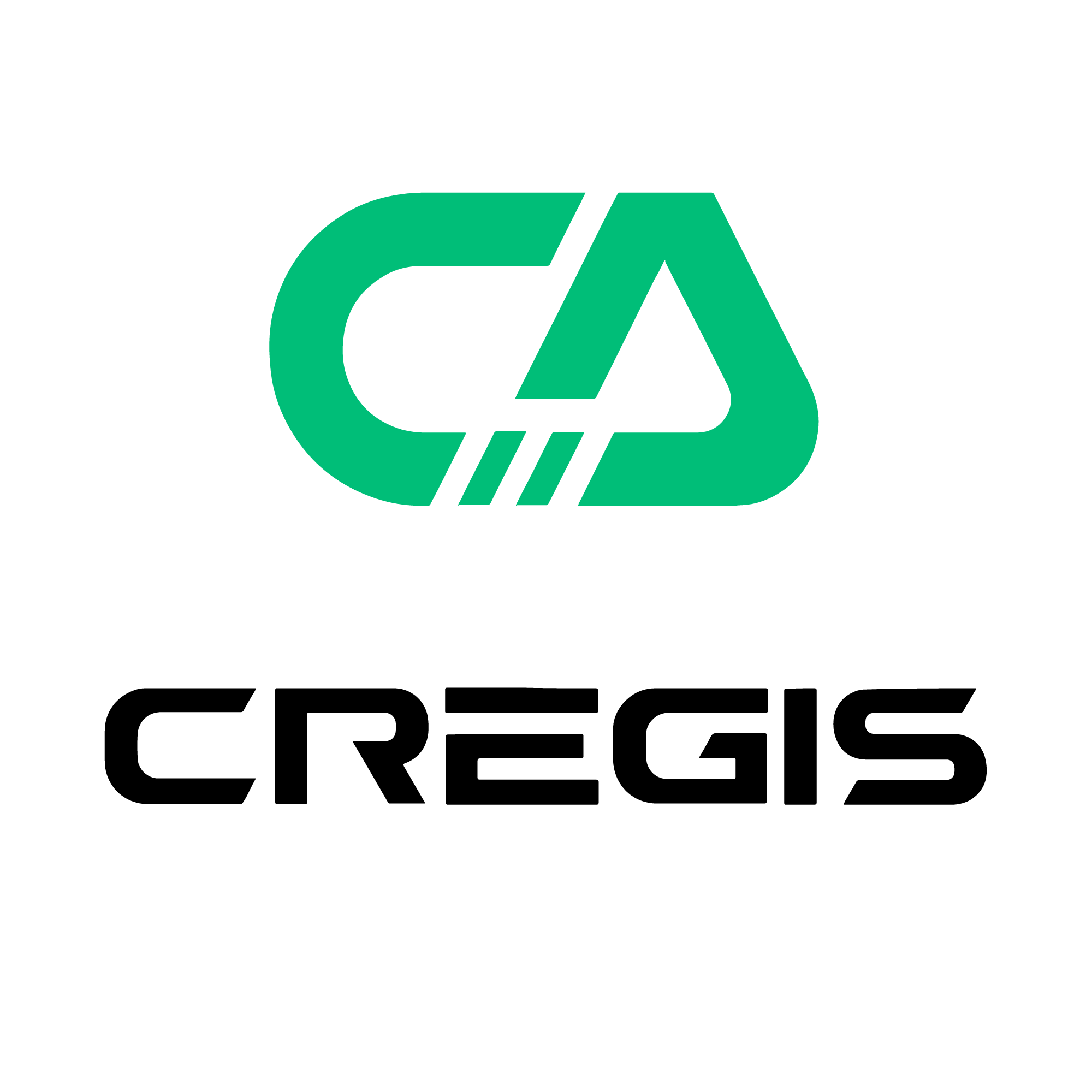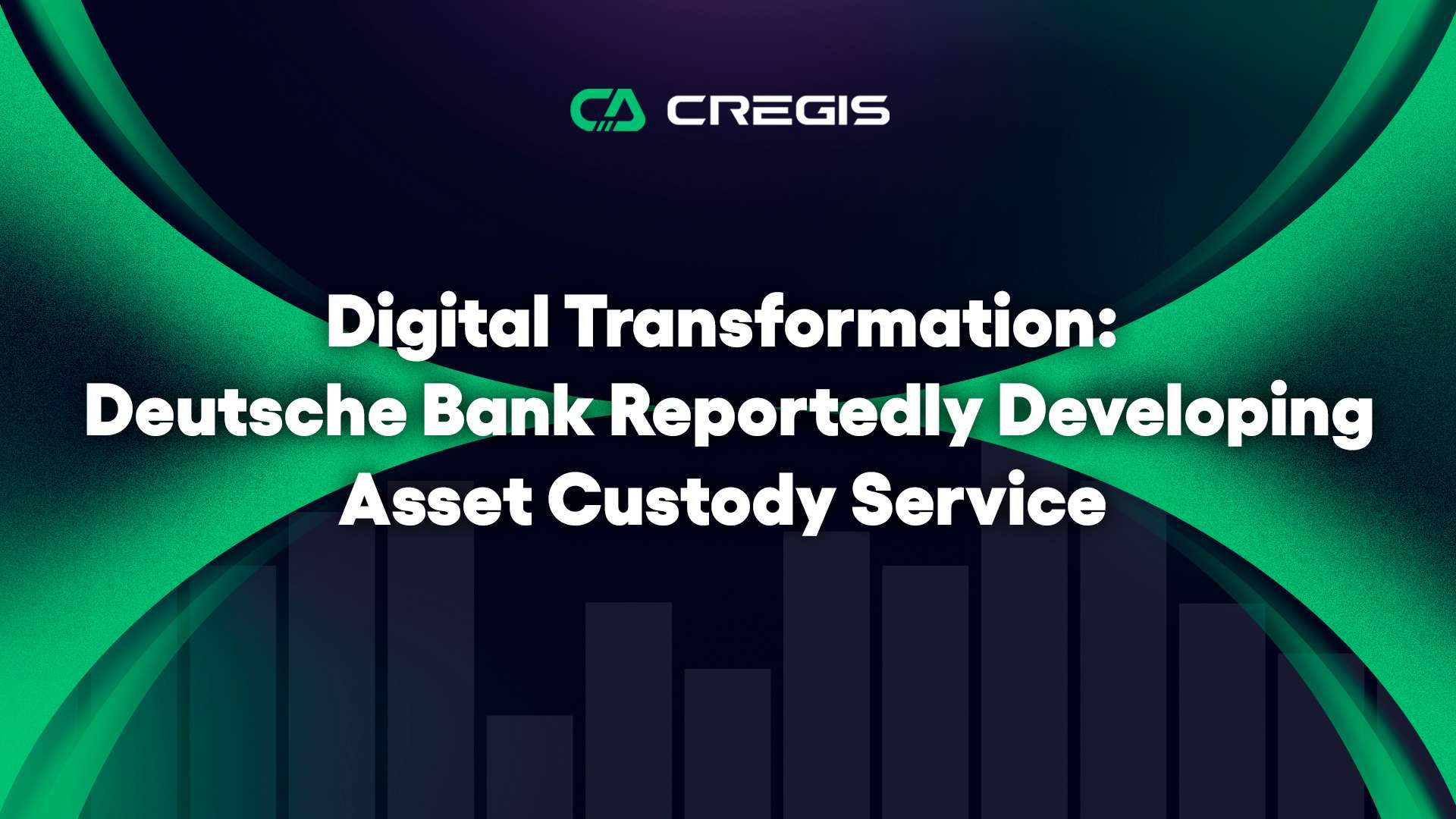In a move that reflects growing institutional confidence in digital assets, Deutsche Bank is reportedly preparing to launch its own crypto custody platform. This development signals a broader shift in the financial sector, where established institutions are beginning to actively participate in the evolving digital asset landscape.
As one of Europe’s largest banks, Deutsche Bank’s entry into crypto custody could mark a turning point for the industry. Below, we explore the strategic significance of this move and what it suggests for the future of financial services.
Why Crypto Custody Matters
Crypto custody, the secure storage and management of digital assets, has emerged as a foundational component in the broader digital economy. Unlike traditional finance, where banks and custodians manage client assets, the decentralized nature of crypto introduces new requirements for security, compliance, and accessibility.
As adoption increases, institutions are demanding custody solutions that are:
- Secure: Preventing unauthorized access or loss of assets.
- Compliant: Aligning with regulatory frameworks across jurisdictions.
- Scalable: Handling various asset types and growing transaction volumes.
- Connected: Supporting seamless interaction with financial platforms and services.
Without strong custody solutions, institutions face significant hurdles when entering the digital asset space. Custody is no longer a back-office function, it’s essential for building trust and enabling broader participation.
The Strategic Message Behind Deutsche Bank’s Move
Deutsche Bank’s reported plans reflect a growing recognition that digital assets are becoming a permanent feature of the financial ecosystem. This strategic step appears aimed at:
- Responding to growing interest from institutional clients.
- Expanding its service offering to stay competitive in a shifting market.
- Providing trusted, regulated access to the digital asset economy.
- Strengthening its position as a full-service financial provider in a digital-first future.
Rather than treating crypto as an external trend, traditional banks are now positioning themselves as active players in space.
Convergence Between Traditional and Digital Finance
Deutsche Bank is part of a broader wave of traditional financial institutions moving into digital asset services. Peers like BNY Mellon, Fidelity, and Standard Chartered have made similar announcements. What we’re seeing is a gradual convergence between traditional finance and digital asset services.
- Traditional institutions bring compliance expertise, client trust, and long-standing operational frameworks.
- Digital-native models offer technological innovation, transparency, and user-centric features.
For traditional banks, the challenge lies in adopting digital asset services while preserving the trust and compliance standards their clients expect. Success will come from integrating secure, adaptable solutions that meet both regulatory and user demands.
What This Means for the Industry
Deutsche Bank’s reported initiative goes beyond symbolism—it suggests a strategic pivot toward a more inclusive financial system where digital and traditional assets coexist.
Key takeaways:
- Market Confidence: Institutional involvement helps build credibility in the digital asset market.
- Policy Influence: Traditional players may advocate for regulatory clarity to expand their offerings.
- Broader Access: Availability of regulated custody could accelerate institutional and corporate adoption.
- Strategic Collaboration: Banks may explore technology partnerships or acquisitions to fast-track capabilities in this space.
This move indicates a future where financial institutions evolve to meet the needs of a digitized economy.
Trusted Infrastructure for the Future of Digital Assets
As more businesses begin to integrate digital assets into their operations, the need for secure, compliant, and reliable infrastructure has never been more important. Providers like Cregis play a key role in supporting this transition by offering solutions that meet high industry standards.
With certifications such as SOC 2 Type 1 and PCI DSS, along with a Trust and Company Service Provider (TCSP) license in Hong Kong and preliminary approval from Dubai’s Virtual Assets Regulatory Authority (VARA), Cregis reflects the growing expectation for transparency and accountability in the crypto space. These developments point to a broader industry trend: successful adoption depends not just on innovation, but on trust and regulatory alignment.
Final Thoughts
Deutsche Bank’s entry into digital asset custody is a clear signal that the financial sector is undergoing significant transformation. As more institutions embrace this space, the focus will shift from whether to engage with digital assets, to how best to do so—securely, compliantly, and at scale.
Custody will remain central to this shift, not as a technical necessity, but as a strategic foundation for the next generation of financial services.
About Cregis
Founded in 2017, Cregis is a global leader in enterprise-grade digital asset infrastructure, providing secure, scalable and efficient management solutions for institutional clients.
Built to solve the challenges of fragmented blockchain systems and asset security risks, Cregis delivers MPC-based self-custody wallets, WaaS solutions, and Payment Engine, featuring collaborative asset control and a compliance-ready ecosystem.
To date, Cregis has served over 3,500 institutional clients globally. Our solutions empower exchanges, fintech platforms, and Web3 enterprises to adopt blockchain technology with confidence. Backed by years of proven expertise in blockchain and security, Cregis helps businesses accelerate their Web3 transformation and unlock global digital asset opportunities.

